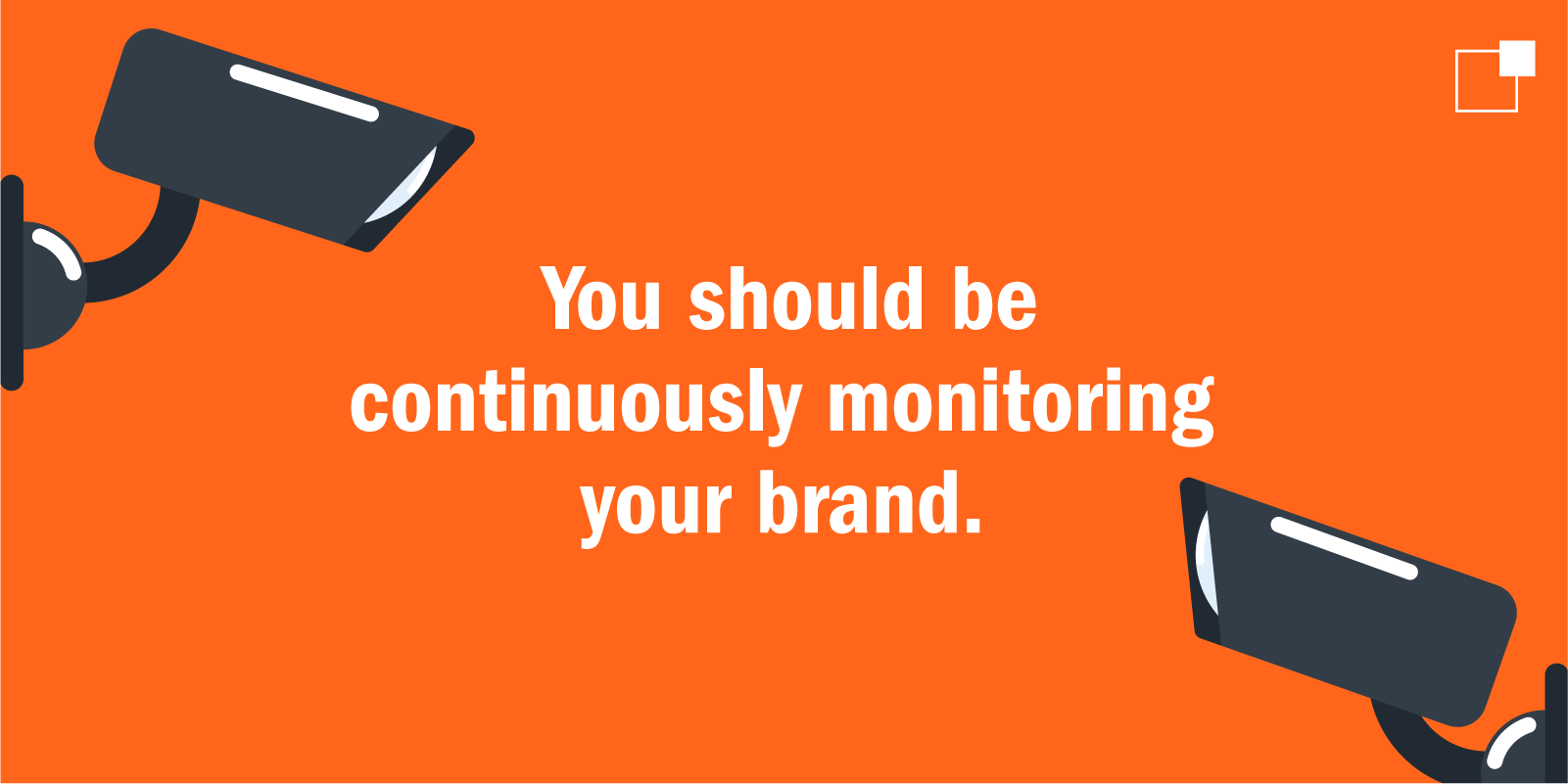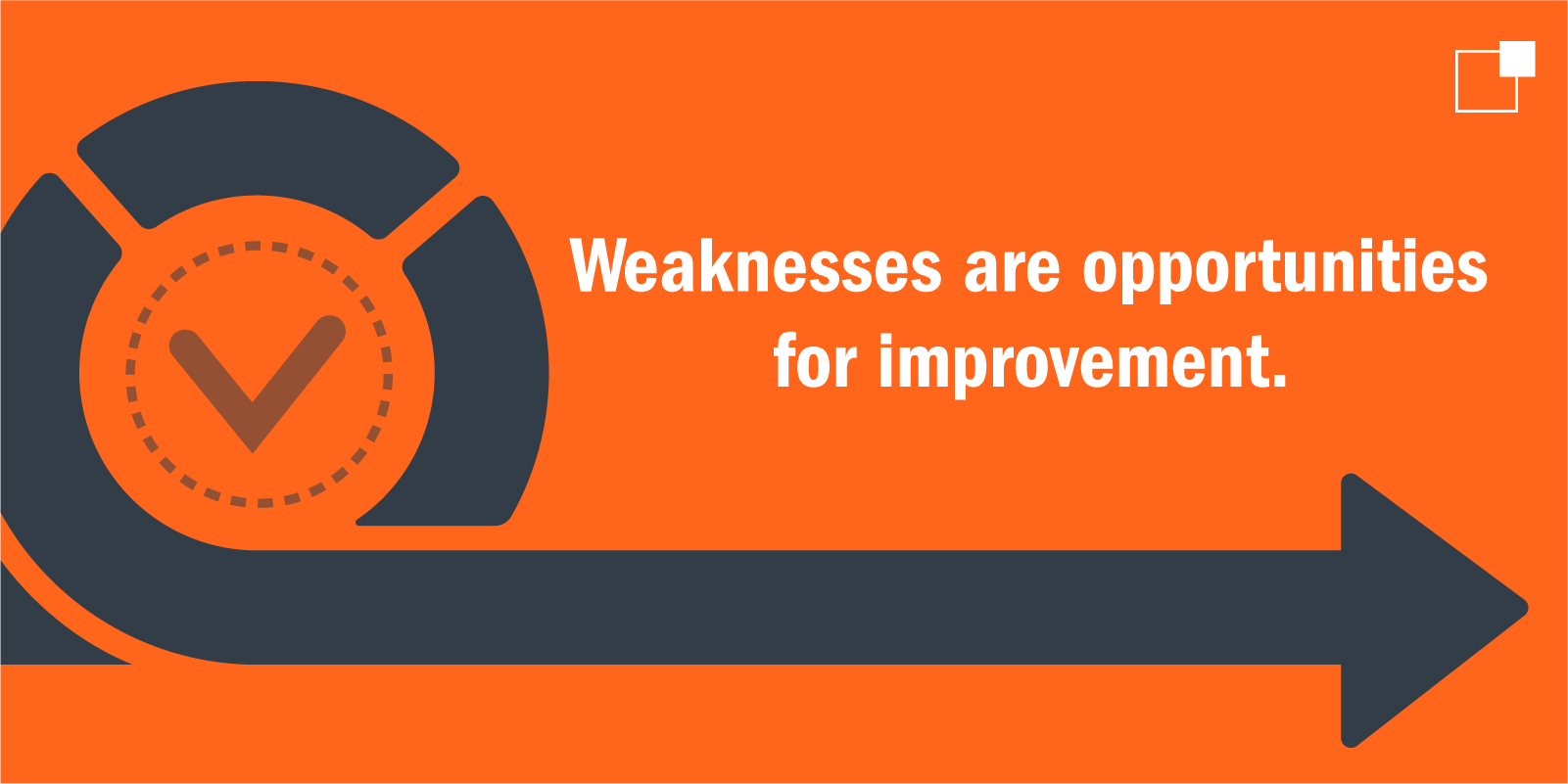Brand Check-In
Do you need a brand audit?
Have you ever been in a situation where, depending on who you talk to, you get different, often conflicting information about the same topic? Pretty confusing, right? That’s a glaring red flag that a communication error is happening somewhere. Now imagine the same thing happening to your company. Messages about your brand, goals, values and even visuals are being tossed about, changing slightly every time they get passed around internally. It sounds like the worst game of Telephone.

If your company has a gap in its identity, it's like a crack in a dam. Until that hole is identified and appropriately filled in, it'll continue to widen until all those versions of your brand spill out to your customers. The inconsistencies and confusion surrounding your brand, which were once just internal, are now external – and trust us, that’s a real nightmare to recover from.
That’s why it's crucial to nail down exactly who you are as a company, establishing a consistent brand to be shared amongst your team and your target audience. But defining your brand is no easy feat; drilling down to discover who your business is at its core takes time and dedication, but it’s essential. And a brand audit is just what it takes to get you there.
There are many slices to the brand audit pie, and each is vital to collecting a holistic view of your brand that accurately reflects your company’s current state.

If you notice any of these signs, start ringing the alarm bells to get your brand realigned.


Crafting a strategy and actually taking those next steps can be a challenge in itself. That’s why we are here to help you analyze the insights you gathered and craft an actionable plan for your brand. Just send us a message and we can take it from there!

If your company has a gap in its identity, it's like a crack in a dam. Until that hole is identified and appropriately filled in, it'll continue to widen until all those versions of your brand spill out to your customers. The inconsistencies and confusion surrounding your brand, which were once just internal, are now external – and trust us, that’s a real nightmare to recover from.
That’s why it's crucial to nail down exactly who you are as a company, establishing a consistent brand to be shared amongst your team and your target audience. But defining your brand is no easy feat; drilling down to discover who your business is at its core takes time and dedication, but it’s essential. And a brand audit is just what it takes to get you there.
What is a brand audit?
A brand audit is a comprehensive examination of your brand's current positioning, outlining goals and identifying any inconsistencies surrounding all brand elements. It involves assessing various aspects of your brand, from its visual identity to its messaging and overall perception among your target audience. Essentially, a brand audit provides you with a clear picture of where your brand stands and what steps you can take to strengthen it.There are many slices to the brand audit pie, and each is vital to collecting a holistic view of your brand that accurately reflects your company’s current state.
Components of a brand audit include:
- Brand discovery: To start things off, you need to gain a deep understanding of your brand’s history, values and goals. This involves reviewing your brand’s mission statement, core values and previous branding efforts to establish a baseline for your current position.
- Interviews with stakeholders: Your brand is more than just what you see on the surface—it’s the people behind it who shape it. Interviewing key stakeholders, such as executives, employees and partners, provides valuable insights into how your company is perceived both internally and externally.
- Target audience surveys: How do you know what your audience thinks about your brand? Does it currently resonate? There’s only one way to find out: by asking them and gathering direct feedback.
- Industry benchmarks: New trends and technologies are constantly popping up, influencing consumer behavior and industry dynamics. Conducting bench research will give you insights into where your brand stands and how to stay relevant.
- Competitive analysis: A brand audit examines your brand plus your competitors’ strengths, weaknesses and strategies so you can position your brand appropriately. Identifying gaps in the market shows you exactly where new opportunities lie.
This isn’t a one-and-done deal
In today’s fast-paced business environment, change is the only constant. Consumer preferences evolve, competitors innovate and industry trends shift rapidly. That’s why periodically checking in with your brand is so important. A complete brand audit isn’t necessary every quarter, but continuous monitoring ensures your brand remains relevant, resonant and competitive.
Signs your brand needs an audit
Your brand is the heart and soul of your business—a reflection of who you are, what you stand for and how your customers perceive you. But how do you know if your brand effectively communicates your messaging and, in turn, is understood by your audience? There are a few telltale signs to look out for that may indicate it’s time for a comprehensive brand audit:- Inconsistent brand messaging: This first indication is a flashing neon sign screaming, “Something’s wrong!” Whether it’s conflicting language in your marketing materials, a disconnect between your brand promise and customer experience or differences in how employees communicate your brand internally, inconsistency dilutes your brand’s impact and confuses your audience.
- Lack of differentiation: Who wants to blend in with the competition? Not us! Standing out is how you capture the attention of your target audience. If your brand fails to clearly communicate what sets you apart from competitors or your messaging and visual identity fade into the masses, it may be time to reassess your strategy.
- Shifting company direction or target audience: Any evolution in your primary market, strategic priorities or market dynamics—whether due to growth, expansion, changes in leadership or external factors. It's essential to ensure that your brand remains aligned with your current objectives and resonates with your evolving audience.
- Mergers, acquisitions or rebranding efforts: Massive organizational changes, such as mergers, acquisitions and rebranding efforts, have a profound impact on brand identity and perception. During these transformative periods, conducting a brand audit can help ensure a smooth transition and lay the foundation for a cohesive brand strategy.
If you notice any of these signs, start ringing the alarm bells to get your brand realigned.

Benefits of a brand audit
After taking a step back and examining your brand, you decide now is the time to conduct a thorough brand audit. But after all the work, what outcomes should you expect? There are quite a few benefits that’ll propel your business forward.Identifying strengths and weaknesses
While recognizing your strengths is essential to maintaining your competitive edge, pinpointing your weaknesses is equally, if not more, vital. It’s the areas of vulnerability that uncover opportunities for growth and improvements.Enhancing brand consistency
Picture a superhero always wearing different costumes and using different superpowers. Confusion would ensue. That’s why you need to streamline a consistent presence—instilling trust, building credibility and forging stronger connections with your audience.Aligning the brand with business objectives
Your brand supports and amplifies your business objectives, and a brand audit evaluates the alignment between your identity, values and wider goals. Realigning business priorities ensures everything contributes to your company’s overall success.Customer perception insights
A brand audit unveils customer perceptions, preferences and pain points, allowing you to fine-tune your messaging and experiences to better align with your target audience. Nothing is a bigger game changer than listening to your customers.Growth and innovation
With your brand audit as your guide, you stumble upon innovative ideas and new opportunities that would have remained hidden for who knows how long. The information gleaned from a brand audit can inspire bold initiatives that drive sustainable growth.
After the audit
What now? The biggest mistake we see is when all this time, energy and budget is invested into an in-depth brand audit, and absolutely nothing is done with the information collected. Regardless of what you uncover during the audit process, those insights are worth their weight in gold because they tell you exactly what needs to happen next (just not exactly how to do it).Crafting a strategy and actually taking those next steps can be a challenge in itself. That’s why we are here to help you analyze the insights you gathered and craft an actionable plan for your brand. Just send us a message and we can take it from there!
About the Author
Lizzie Thornton is a Brand & Content Strategist at thunder::tech. When she's not writing strategic content or crafting brand messaging, she spends her time watching true crime documentaries and saying "hi" to every dog she meets.
